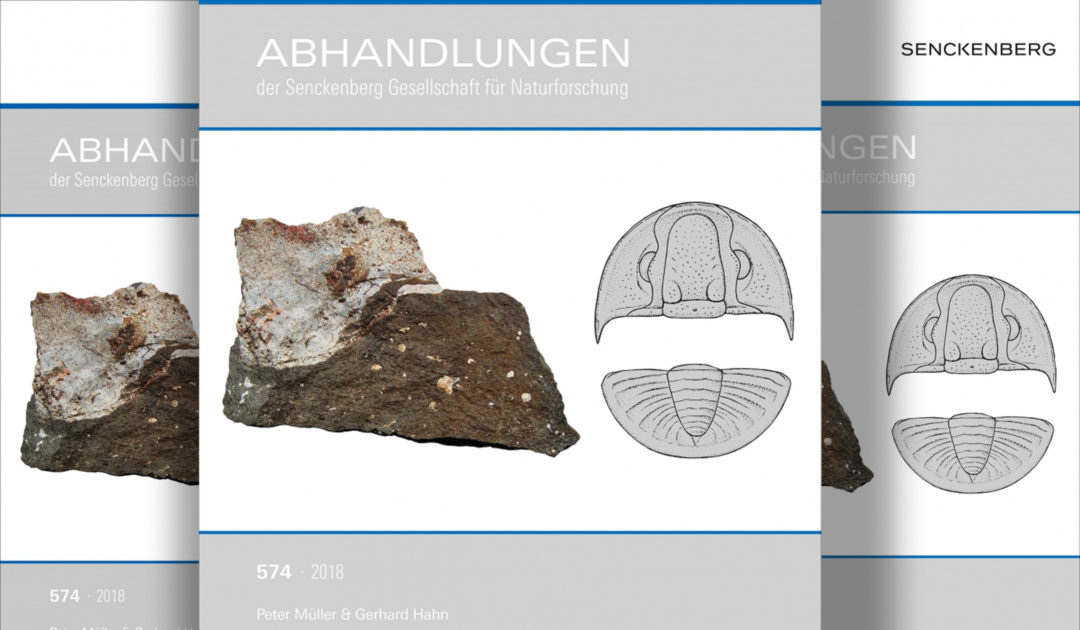Abhandlungen der Senckenberg Gesellschaft für Naturforschung
Abhandlungen der Senckenberg Gesellschaft für Naturforschung (SGN) publishes monographs with a special focus on palaeontology, zoology, biology, systematics and taxonomy.
Abhandlungen der SGN, published by the Senckenberg Nature Research Society (SGN), Frankfurt am Main, is an international peer-reviewed journal.
There is not schedule for publication and you may submit a monograph for publication at any time. We expect two volumes of Abhandlungen to be published annually.
Before 2009: ISSN 0365-7000
Since 2009: ISSN 1868-0356
There are no page charges for authors except when the necessary efforts for preparation for print exceed the average significantly (e.g., extremely long manuscripts, colour plates or too many b&w plates).
Manuscripts must be prepared in acordance with the Guidelines for Authors and should be submitted digitally to the editor-in-chief.
Articles published in Abhandlungen der SGN are indexed in:
Biological Abstracts, BIOSIS Previews, Geobase, GeoRef, Google Scholar, Scimago SJR, SCOPUS, Zoological RecordThe most recent issue of Abhandlungen der SGN is Volume 576, published on 20th October 2021 (in german, see below)
